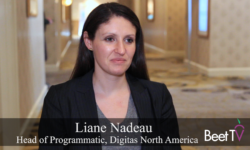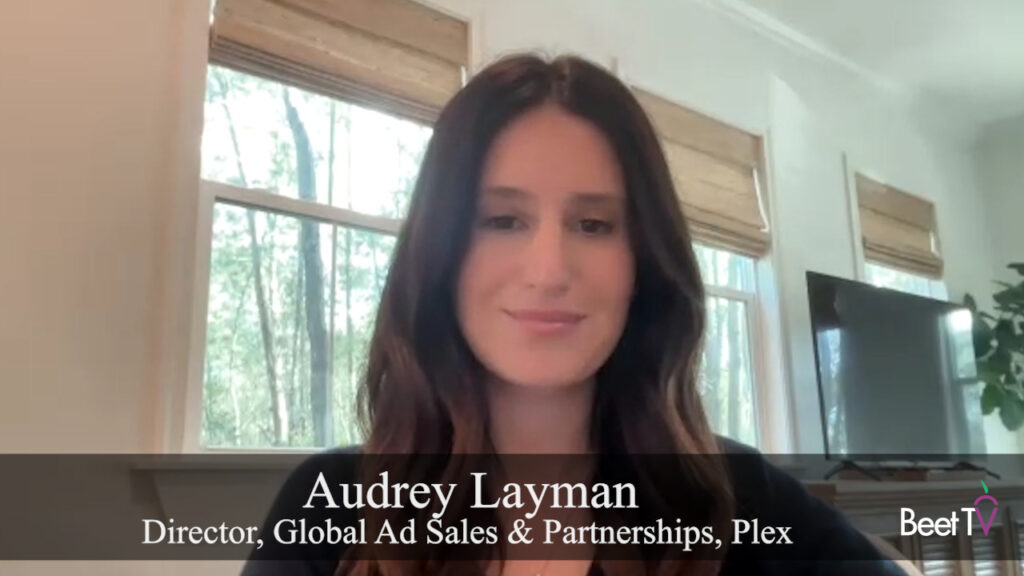Brand safety tools can only get you so far. To really understand whether a video is suitable for advertising against, many ad buyers are now turning to technology that can peer inside videos’ hidden data to more accurately describe it.
“The problem with keyword analysis is that there’s a sparsity of language,” says ZEFR co-CEO Rich Raddon in this video interview with Beet.TV.
“You’ll have a title, you might have some tags, you might have some comments associated with that video. But it’s very, very hard by looking at that … to ascertain what a video is about and to see if it’s suitable for a brand.”
That is why Raddon and his company developed technology that analyzes video content more deeply than surface-level metadata allows, to get more detailed criteria that can inform a targeting decision.
Raddon says that video platforms have done a lot to make their ad buying safer for brands, but he says deeper work is necessary to understand the real context of videos.
“The platforms, historically, have had some brand safety issues, but both of those platforms have made a tremendous effort and investment in making sure that their platforms were brand-safe,” Raddon acknowledges.
“We have focused for the last four years on YouTube specifically, and on video for Facebook,” says Raddon. “Both of those organisations recognise the need for third parties, just to give brands and agencies more flexibility.
This year, Zefr launched its Context DMP. California based Zefr helps marketers effectively target content based on their brands contextual preferences at scale in video.
The interview took place ahead of RampUp, LiveRamp’s summit for marketing technology in San Francisco, presented by ZEFR. For more videos from the series, please visit this landing page.














































